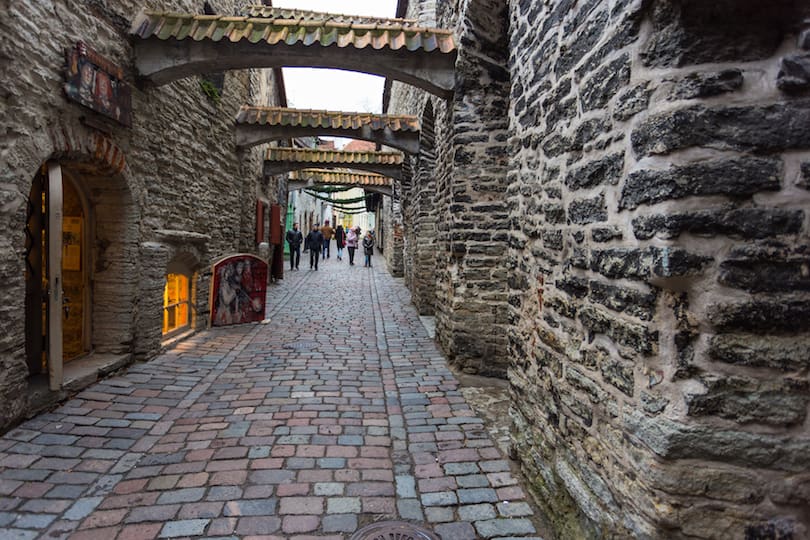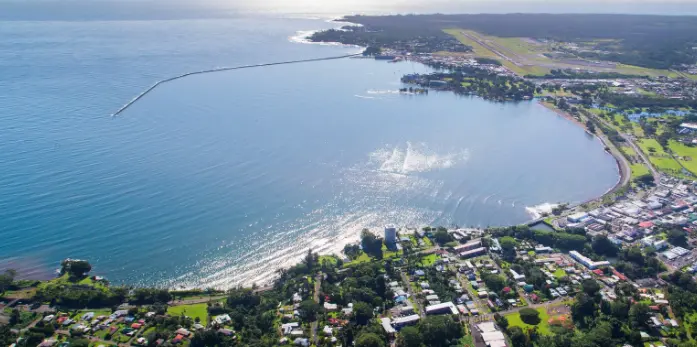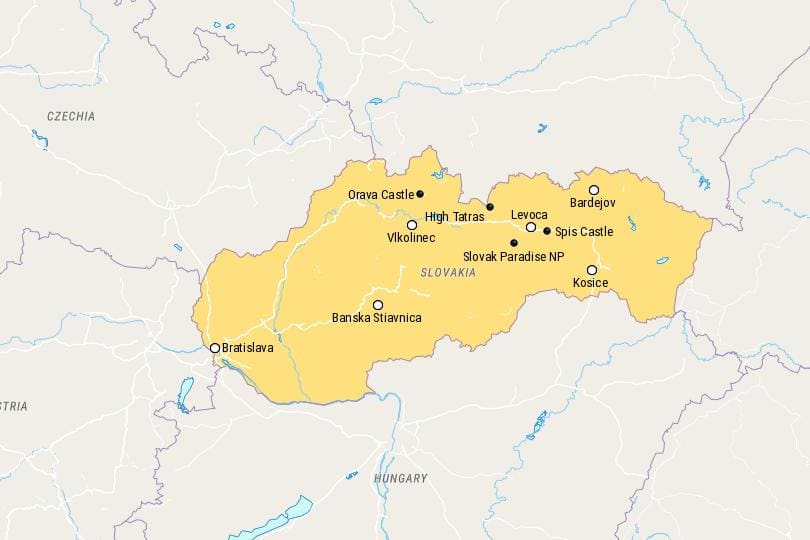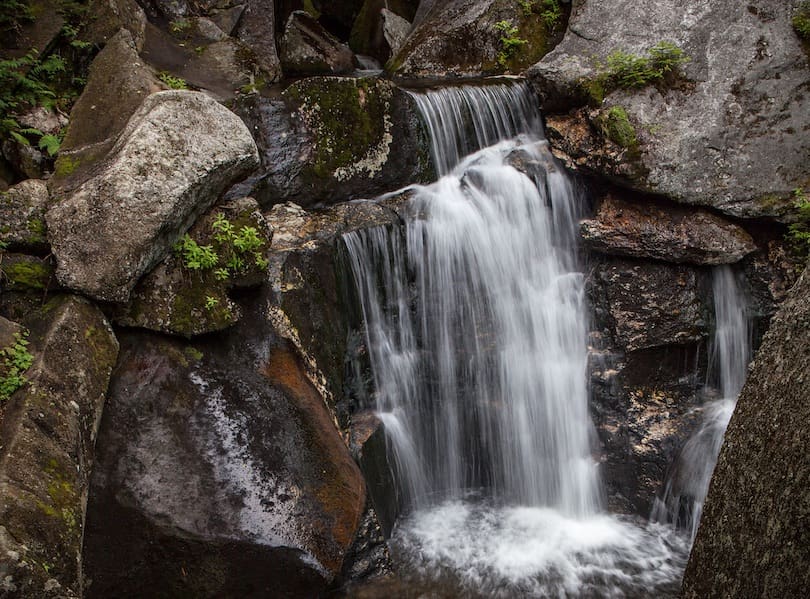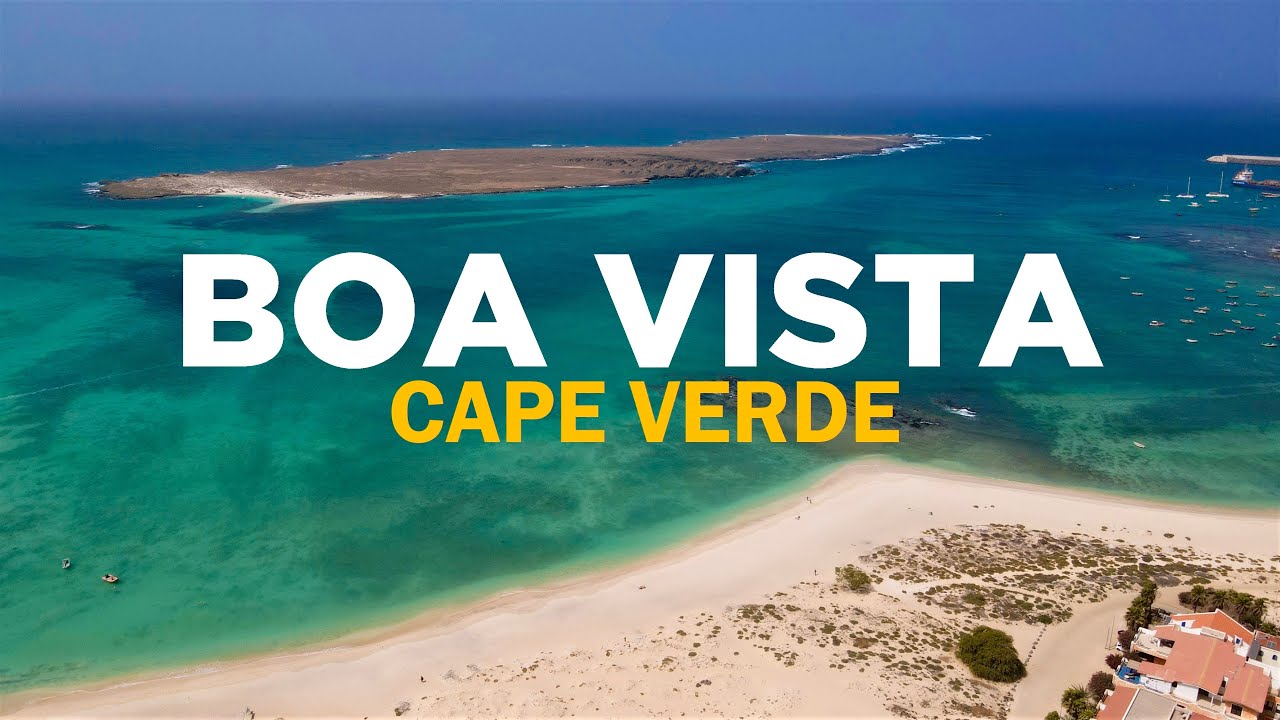Mexico is a country full of natural wonders, and among the most awe-inspiring are its volcanoes. With over 40 active and dormant volcanoes, Mexico is a land of fire and ice, where you can witness the raw power of the Earth’s geology in action. From towering stratovolcanoes to remote cinder cones, Mexico’s volcanoes offer breathtaking scenery and incredible experiences. In this article, we’ll explore the 12 most amazing volcanoes in Mexico and what makes them so special.
1. Introduction
Mexico is home to some of the most stunning volcanic landscapes on the planet. These volcanoes have been revered by the local population since ancient times, and continue to inspire awe and wonder today. Whether you’re an intrepid adventurer or a casual traveler, exploring Mexico’s volcanoes is an unforgettable experience. In this article, we’ll introduce you to 12 of the most amazing volcanoes in Mexico, from towering stratovolcanoes to secluded cinder cones.
2. Popocatépetl Volcano
Popocatépetl is Mexico’s second-highest peak, standing at 5,426 meters (17,802 feet) above sea level. This active stratovolcano is located in the Trans-Mexican Volcanic Belt and is one of the most active volcanoes in Mexico, with numerous eruptions in recent history. Popocatépetl is also considered a sacred mountain by the indigenous peoples of Mexico, who have worshipped it for centuries.
3. Colima Volcano
Colima Volcano is one of the most active volcanoes in Mexico, with over 40 eruptions since the 16th century. Located in the Colima volcanic complex, this stratovolcano is known for its symmetrical cone and explosive eruptions. Colima is also the most active volcano in Mexico in terms of seismic activity, making it a popular spot for volcanologists and scientists.
4. Pico de Orizaba Volcano
Pico de Orizaba is Mexico’s highest peak, standing at 5,636 meters (18,491 feet) above sea level. This stratovolcano is located in the eastern part of the Trans-Mexican Volcanic Belt and is considered one of the most beautiful volcanoes in the world. Pico de Orizaba is a popular destination for hikers and mountaineers, offering stunning views of the surrounding landscape.
5. El Chichón Volcano
El Chichón is a cinder cone volcano located in the Chiapas region of Mexico. This volcano has a tragic history, as it erupted in 1982 and caused significant damage to nearby communities. However, today it is a popular destination for tourists, who come to see the stunning crater lake and learn about the volcano’s history.
6. Nevado de Toluca Volcano
Nevado de Toluca is a stratovolcano located in the State of Mexico. This volcano is known for its beautiful crater lake, which is one of the highest in the world at 4,200 meters (13,800 feet) above sea level. The volcano is also a popular hiking destination, with several trails leading to the summit and the crater lake. Visitors can enjoy stunning views of the surrounding landscape, including snow-capped peaks and lush forests.
7. Tacaná Volcano
Tacaná is a stratovolcano located on the border between Mexico and Guatemala. This volcano is the second-highest peak in Central America, standing at 4,092 meters (13,425 feet) above sea level. Tacaná is also one of the most active volcanoes in the region, with several eruptions in recent history. Despite its volcanic activity, Tacaná is a popular destination for hikers and adventurers, offering stunning views of the surrounding mountains and valleys.
8. Ceboruco Volcano
Ceboruco is a stratovolcano located in the State of Nayarit. This volcano is known for its distinctive cone shape and relatively young age, with the last eruption occurring in 1870. Ceboruco is a popular destination for hikers and adventurers, offering scenic trails that lead to the summit and the surrounding forest. Visitors can also see the remains of the 1870 eruption, including lava flows and ash deposits.
9. Sangangüey Volcano
Sangangüey is a stratovolcano located in the State of Nayarit. This volcano is known for its beautiful crater lake and its unique geological features, including lava domes and ash flows. Sangangüey is also an important site for biodiversity, with several endemic species of plants and animals living in the surrounding forest. Visitors can hike to the summit and enjoy stunning views of the crater lake and the surrounding landscape.
10. Jorullo Volcano
Jorullo is a cinder cone volcano located in the State of Michoacán. This volcano is known for its unique history, as it formed during a series of violent eruptions in 1759-60. Jorullo is also an important site for geological research, as it provides valuable insights into the formation and evolution of volcanic landscapes. Visitors can hike to the summit and see the remains of the 1759-60 eruption, including lava flows and ash deposits.
11. Tres Vírgenes Volcano
Tres Vírgenes is a complex of three volcanoes located in the State of Baja California Sur. These volcanoes are known for their distinctive shapes and their relative youth, with the last eruption occurring in 1996. Tres Vírgenes is also a popular destination for hikers and adventurers, offering scenic trails that lead to the summit and the surrounding desert landscape.
12. San Martín Tuxtla Volcano
San Martín Tuxtla is a stratovolcano located in the State of Veracruz. This volcano is known for its unique ecosystem, which includes several species of rare plants and animals that are found nowhere else in the world. San Martín Tuxtla is also an important cultural site, as it was worshipped by the indigenous peoples of Mexico for centuries. Visitors can hike to the summit and enjoy stunning views of the surrounding landscape, including the nearby Gulf of Mexico.
Conclusion
Mexico’s volcanoes offer a glimpse into the raw power and beauty of the Earth’s geology. From towering stratovolcanoes to unique cinder cones, each volcano has its own story to tell. These natural wonders not only provide breathtaking views and opportunities for adventure, but they also play a vital role in Mexico’s ecosystem and culture. Whether you’re a hiker, a geologist, or simply a nature enthusiast, Mexico’s volcanoes are a must-see destination.
FAQs
- Are these volcanoes safe to visit? Yes, most of the volcanoes mentioned in this article are safe to visit, but it’s always important to check with local authorities and tour operators for any potential hazards.
- Can you hike to the summit of all these volcanoes? No, some of these volcanoes are more difficult to access and require special permits or equipment. It’s important to research the specific volcano and trail before planning a hike.
- Are there any active volcanoes in Mexico? Yes, there are several active volcanoes in Mexico, including Popocatépetl and Colima.
- Is it possible to see volcanic activity while visiting these volcanoes? It depends on the specific volcano and its current activity. Some volcanoes, like Popocatépetl, are more active than others.
- Are there any tours or guides available for visiting these volcanoes? Yes, there are many tour operators and guides available for visiting these volcanoes. It’s important to choose a reputable and experienced operator to ensure a safe and enjoyable experience.

